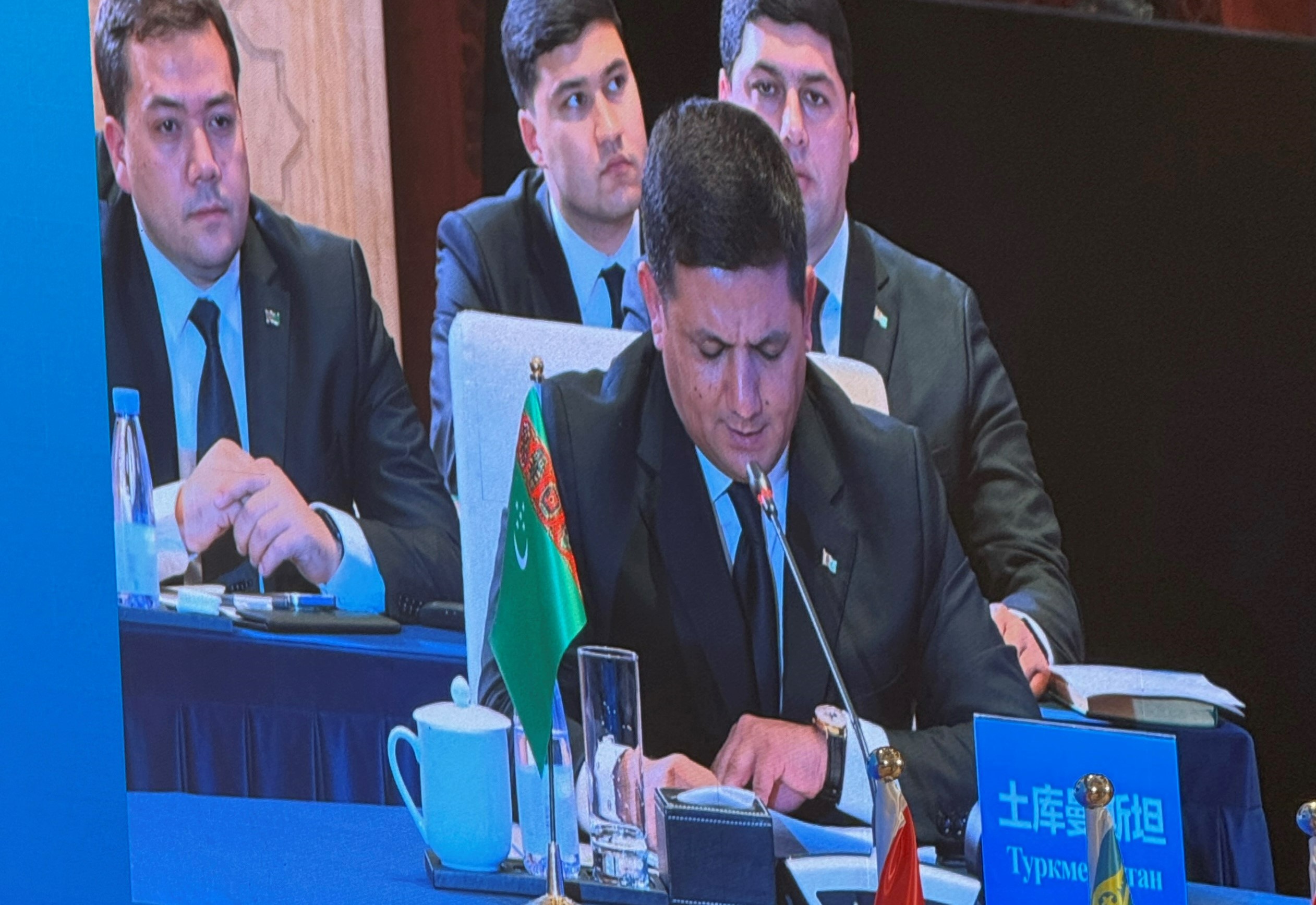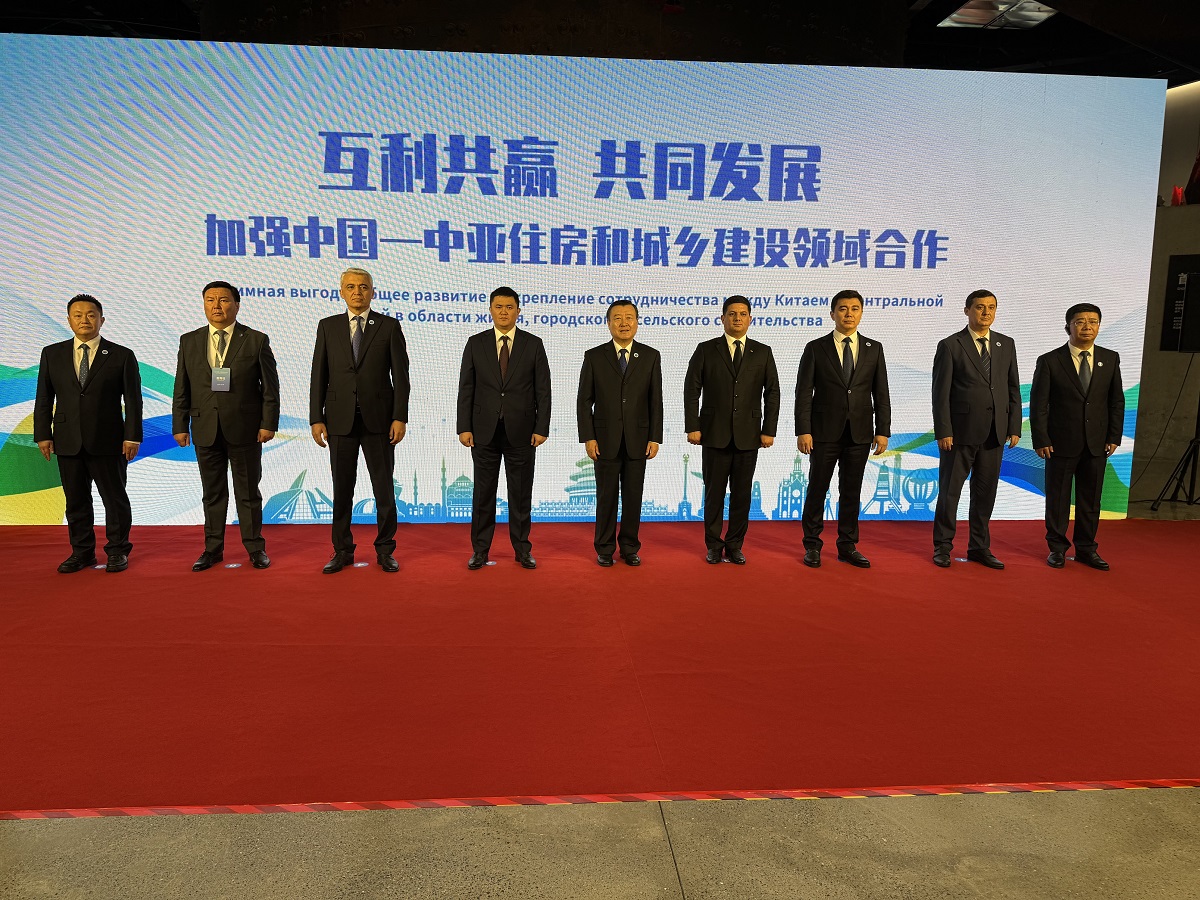
The China-Central Asia Construction Ministers' Conference was held in Beijing from November 6 to 8. The conference focused on high-quality urban development and deepening cooperation within the Belt and Road Initiative. A direct follow-up to the second China-Central Asia Summit in Astana, the conference aimed to align development strategies and jointly build a community with a shared future.
The forum's main objective was to deepen the exchange of experience in urban construction and identify areas for future cooperation in infrastructure and engineering and construction projects.
Minister of Construction and Architecture of Turkmenistan, Abdulla Geldiyev, addressed the conference, using the platform to present the national development strategy for the sector.
Minister Geldiyev emphasized that the centuries-old history of exchanging architectural traditions along the Silk Road provides a solid foundation for building a modern partnership. Today, Turkmenistan strives to revive this spirit at a new level: in the era of industrialization, digitalization, and sustainable development.
Key point: "We are faced with the task of transitioning to industrial, digital, and green construction. This is becoming an important factor in ensuring sustainable growth, economic efficiency, and improving the quality of life of the population."

The Minister outlined four key areas for joint work:
Green infrastructure. Promoting green design, green construction, and green operation, developing clean energy, and accelerating the interconnectivity of digital and green infrastructures.
Seismic risk reduction. Exchange of experience and research in seismic-resistant construction and risk reduction in seismic zones.
Knowledge exchange. Exchange of experience in architectural design, urban planning, and engineering solutions.
Scientific and technical potential. Organization of joint working meetings, scientific seminars, and conferences to deepen scientific and technical innovation cooperation.
Minister Geldiyev emphasized that architecture is viewed as a strategic area of national development in Turkmenistan.
New projects embody the idea of a human-centered space, where every element serves the benefit of individuals and society.
The country's architectural design combines national characteristics with modern principles of functionality, energy efficiency, and harmonious interaction with the environment.

The development of transport, energy, and engineering infrastructure is closely linked to construction and serves as the foundation for integrating the region's economies, making transport and logistics connectivity a key element of the partnership with China.
In conclusion, the Minister expressed confidence that the meeting would be an important step toward creating joint projects that will serve as an example for future generations.
ORIENT
